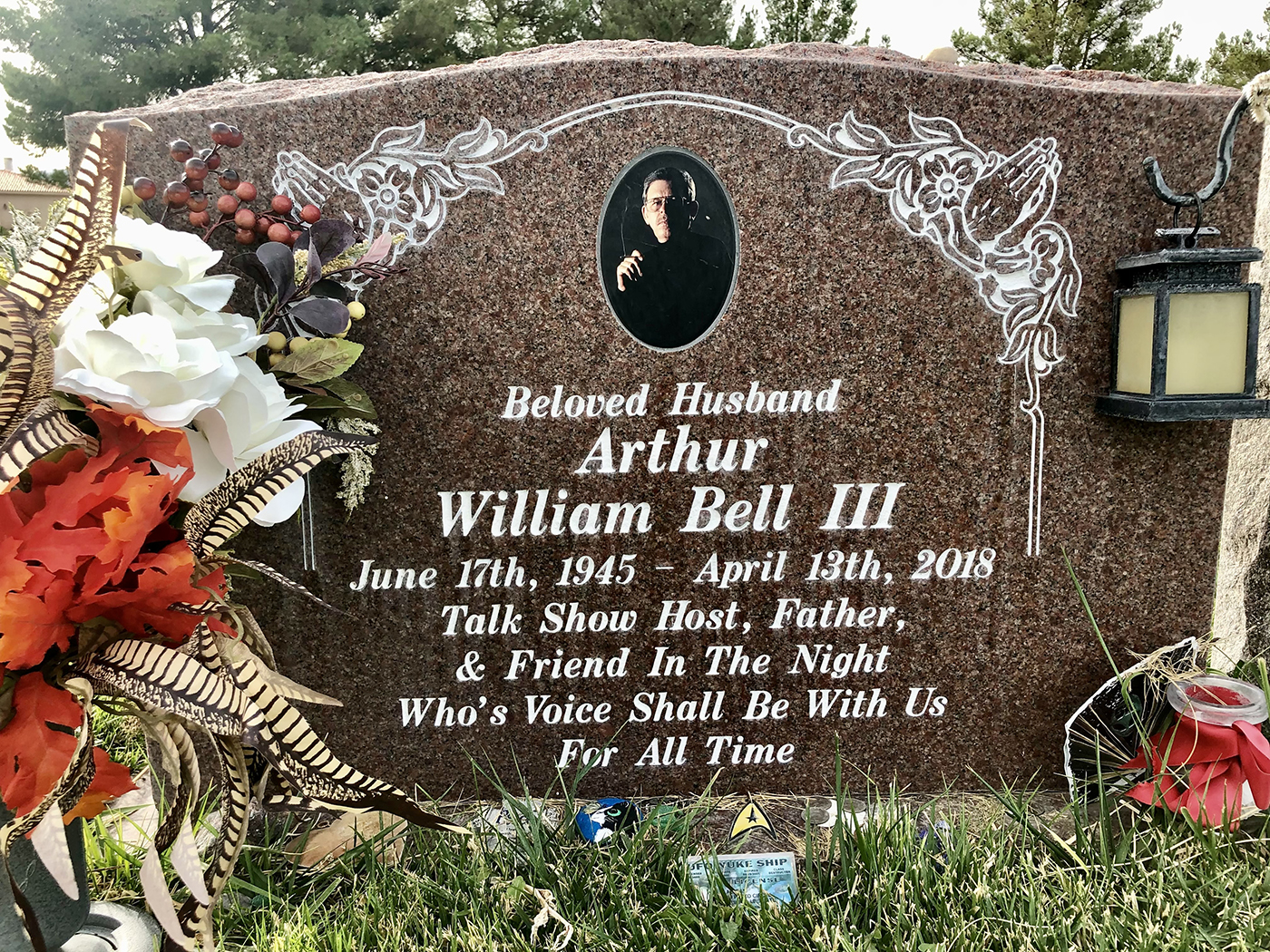Happy 2022, everyone. What are the odds we’ll still be around to ring in 2023? I’m guessing somewhere around 11/10. So we might as well enjoy ourselves.
To that end, here’s a glimpse under the hood:
“If your only experience with a car engine’s inner workings is ‘How much is that going to cost to fix?’ this graphic is for you!”
Here’s a reminder of the wonders of nature:
“Like all salamanders, newts can re-grow a lost limb or amputated tail. This regenerative ability has long fascinated humans. It is a superpower we are eager to steal, a piece of real animal magic.…In 1994, Dr Goro Eguchi of the Shokei Educational Institution, Japan, and Panagiotis Tsonis at the University of Dayton, Ohio, decided to investigate this apparently magical ability for real. In the lab, they cut open the eye of a live Japanese fire-bellied newt (Cynops pyrrhogaster) and removed the lens to see if it would regenerate. It did, perfectly. And not from residual lens tissue but from epithelial cells in the iris. So they did it again. And again. Over the course of sixteen years, they cut out the newt’s eye no fewer than eighteen times. And each time, the poor newt grew it back, fresh, complete, in fully working order.”
And here’s a story of redemption:
“Maxie remembers the scene: teamsters, townies, sailors, loan sharks, and killers with callused hands all mixing together; the acrid smell of sweat and stale beer, the smoke hanging over everyone’s head like a storm cloud.”
posted by: Aaron Bragg | category: random thoughts | make a comment


